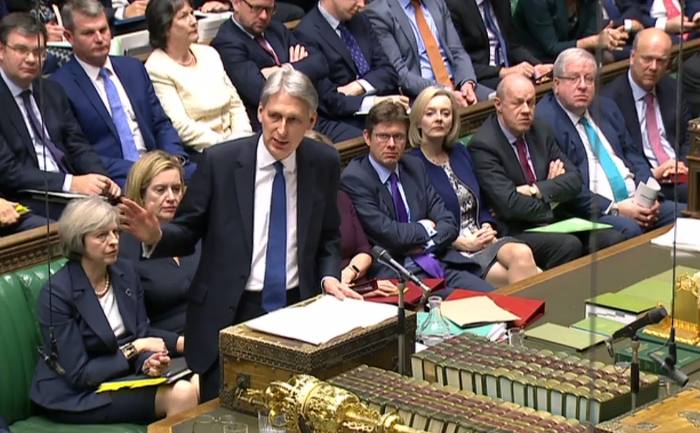
As always there were a few changes announced in the Autumn Statement that affect the pension world and, as is often the case, they are in areas nobody had foreseen. Actually is was quite refreshing that there was no tinkering with the main annual and lifetime allowances for pensions; so often the bread and butter of previous chancellors.
However, the Chancellor of the Exchequer, Philip Hammond, could not resist the lure of pension tax relief completely. He is proposing to reduce the Money Purchase Annual Allowance (MPAA) to £4,000 from 6 April 2017. There is a consultation running until 15 February 2017, with the government to confirm its plans following input from the industry.
One of the consequences of pension freedoms was the introduction of the MPAA – this is a limit on pension contributions triggered by a number of events after the age of 55. So anyone who begins flexi-access drawdown, starts Uncrystallised Fund Pension Lump Sum (UFPLS), takes a Ssas scheme pension or possibly purchases some forms of flexible annuity has their annual allowance restricted to £10,000. The concern for HMRC has been the possibility of people using the system to get double tax relief – taking out money that had tax relief on it and putting it back in as a contribution to get the ‘double dip’.
The official figures suggest there are only about 3 per cent of over-55s paying in more than £4,000 – for a lot of people £4,000 per annum is a big contribution even before commencing drawdown. However, not all of that 3 per cent will be in drawdown and so the number of people we are talking about will be lower.
If those people appreciate the double dipping of tax relief then I would guess they are still going to divert £4,000 of salary, so the saving equates to the tax and NI on the £6,000, not the £10,000.
Ironically, publicising the ability to ‘double dip’ could well encourage a ‘buy now while stocks last’ rush to use the £10,000 allowance by April. So this could be a tax cost to the government, rather than a tax saving in the short term. Similarly, there must be a danger that the publicity encourages more people to use the £4,000 opportunity from April.
There is also the issue of this being another pension complication. How this interacts with the tapered annual allowance is a frightful thought and although the £4,000 limit has been set so as not to interfere with minimum levels of auto-enrolment contributions, many employers will pay more than that.
Implementation date
As always, the timescale is also an issue. The proposed implementation date of April 2017 is not far away and by the time the consultation is finished it will be a tight deadline to meet. The administrative issues could be very complex, with providers required to communicate with customers who potentially think they had ceased their relationship when they cashed in their pension.
That is the change, but what about the wider picture?
We are told that with an ageing society we must change employment patterns to expect periods of drawing benefits mixed with periods of employment. This could well mean that people have drawn some benefits and want to use a period of employment to rebuild their savings.





